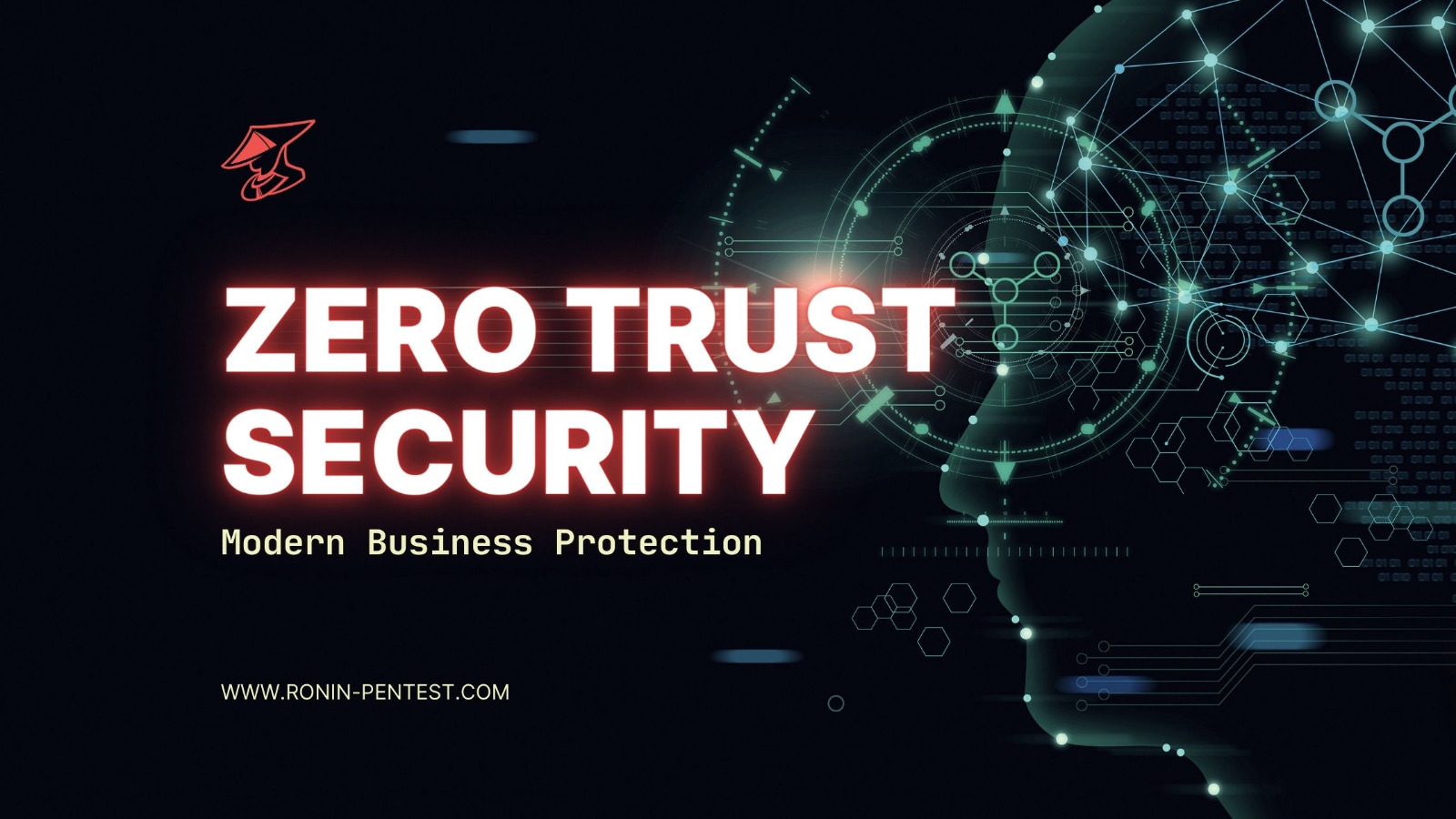Zero Trust Security: The Key to Modern Business Protection
by Ben Brown | 01/31/2024

by Ben Brown | 01/31/2024

In the ever-evolving digital landscape of 2024, businesses face an array of sophisticated cyber threats. Traditional security measures are no longer sufficient in this dynamic environment. This is where Zero Trust Security comes into play, offering a comprehensive approach to safeguard businesses. In this article, we delve into the business case for Zero Trust Security, its challenges, various components, and how to measure its success.
Zero Trust Security is not just a technology or a set of tools; it's a holistic approach to cybersecurity that operates on the principle of "never trust, always verify." This paradigm shift is particularly relevant in today's business context, where remote work, cloud computing, and mobile access have blurred the traditional network boundaries.
The business case for Zero Trust lies in its ability to provide robust security in a fragmented digital landscape. By verifying every access request, regardless of where it comes from, Zero Trust minimises the attack surface and reduces the likelihood of data breaches. This security model is especially crucial for protecting sensitive customer data and intellectual property, key concerns for any business leader.
Implementing Zero Trust Security is not without its challenges. One of the primary hurdles is the complexity involved in transitioning from a traditional perimeter-based security model to a more granular, access-based approach. This shift requires a comprehensive evaluation of existing security infrastructure and policies.
Another challenge is the potential resistance from within the organization. The stringent access controls of Zero Trust can be perceived as hindering workflow efficiency. Overcoming this requires careful change management and educating employees on the benefits and necessity of Zero Trust Security.
Zero Trust Security encompasses various components that work together to create a secure and robust framework:
1. Identity Verification: Strong identity and access management (IAM) solutions are at the core of Zero Trust. This involves multi-factor authentication (MFA), biometrics, and single sign-on (SSO) technologies to ensure that only authorised users gain access to resources.
2. Device Security: Zero Trust extends to devices as well. Ensuring that only secure, compliant devices can access network resources is crucial. This involves device management solutions and continuous monitoring of device health.
3. Network Segmentation: By segmenting networks, businesses can limit lateral movement in case of a breach. Micro-segmentation and creating secure zones enhance control over who has access to what within the network.
4. Policy Enforcement: Implementing dynamic security policies that can adapt to varying contexts (like user role, location, and device security) is vital. These policies should be consistently enforced across all environments.
5. Continuous Monitoring: Continuous monitoring and logging of all activities are essential for detecting and responding to threats in real time.
Measuring the success of a Zero Trust implementation involves both quantitative and qualitative metrics. Reduced frequency and severity of security breaches are clear indicators of success. However, other metrics like user access denial rates, compliance with security policies, and the time taken to detect and respond to threats are also crucial.
On a qualitative level, improved security culture within the organization and enhanced confidence in handling sensitive data can be significant indicators of successful Zero Trust implementation.
In conclusion, Zero Trust Security is a critical component of modern business protection strategies. The transition to Zero Trust presents challenges but offers substantial benefits in reducing the risk of cyber threats. By understanding its components and effectively measuring its success, businesses can not only fortify their defenses but also foster a more security-conscious organizational culture. Zero Trust is not just a security measure; it's a strategic business decision that enables resilience in an increasingly digital world.
Start scanning your projects for free. You will get a free breakdown of your security status. Start securing your future now.
Get started